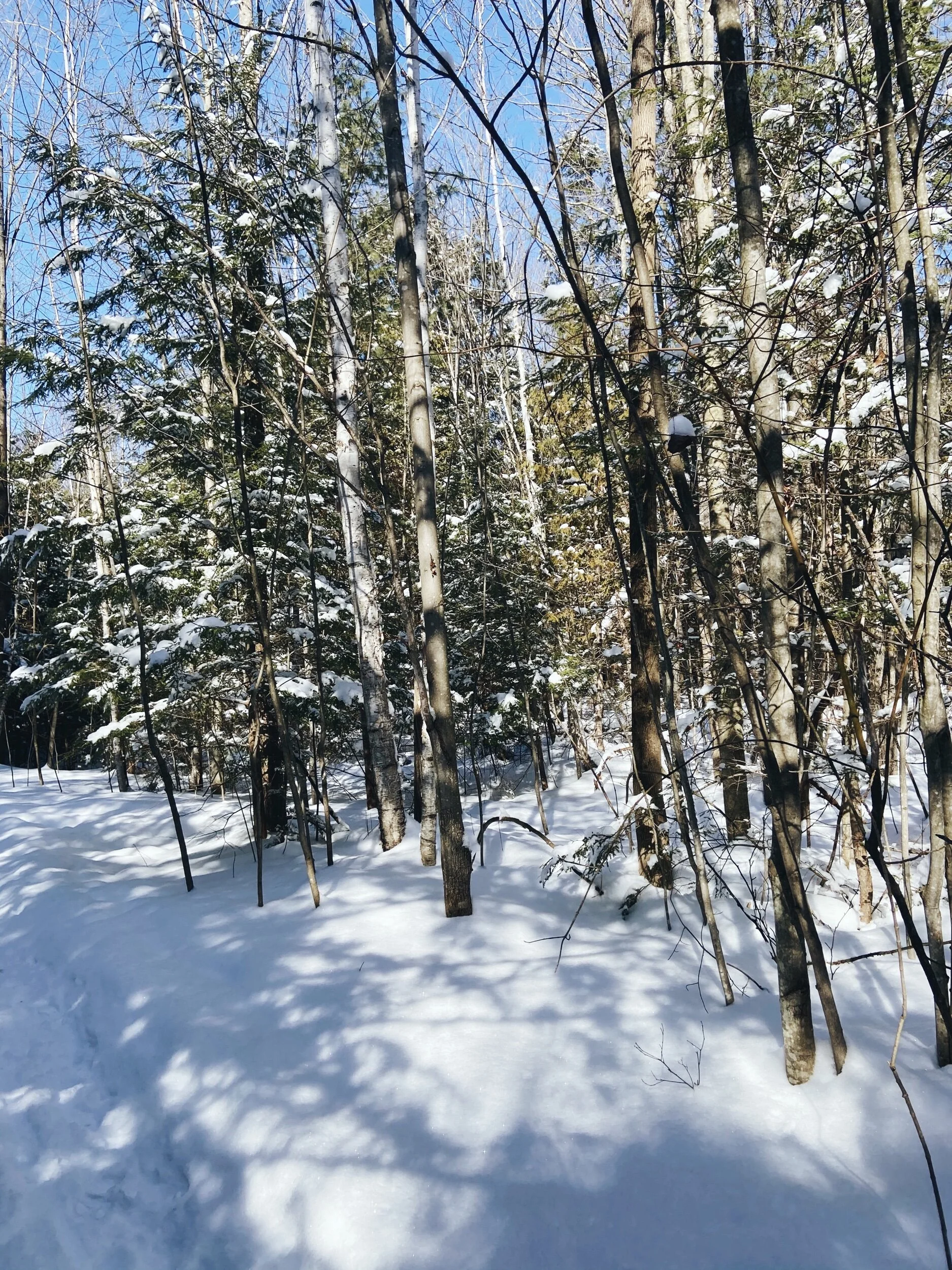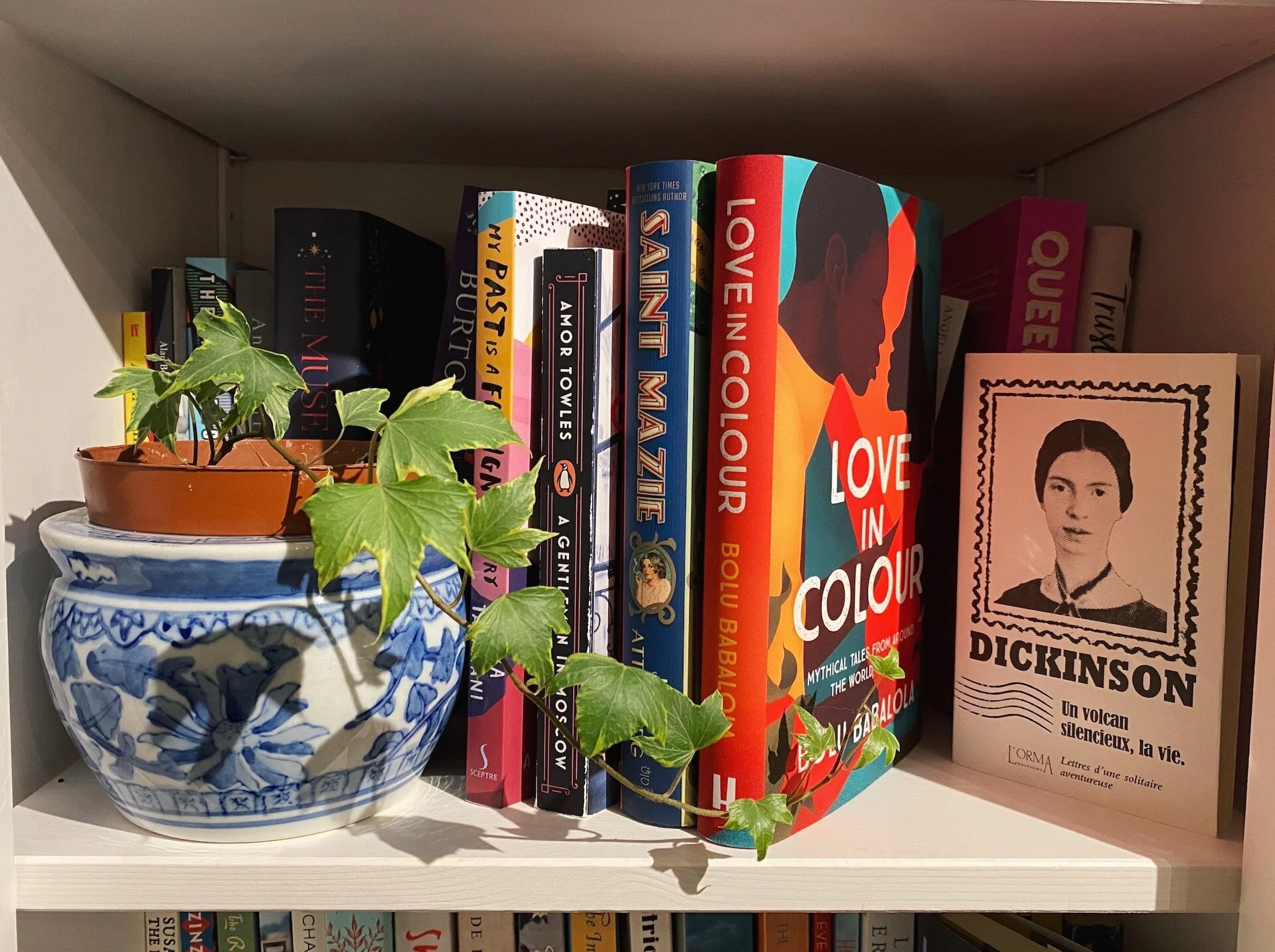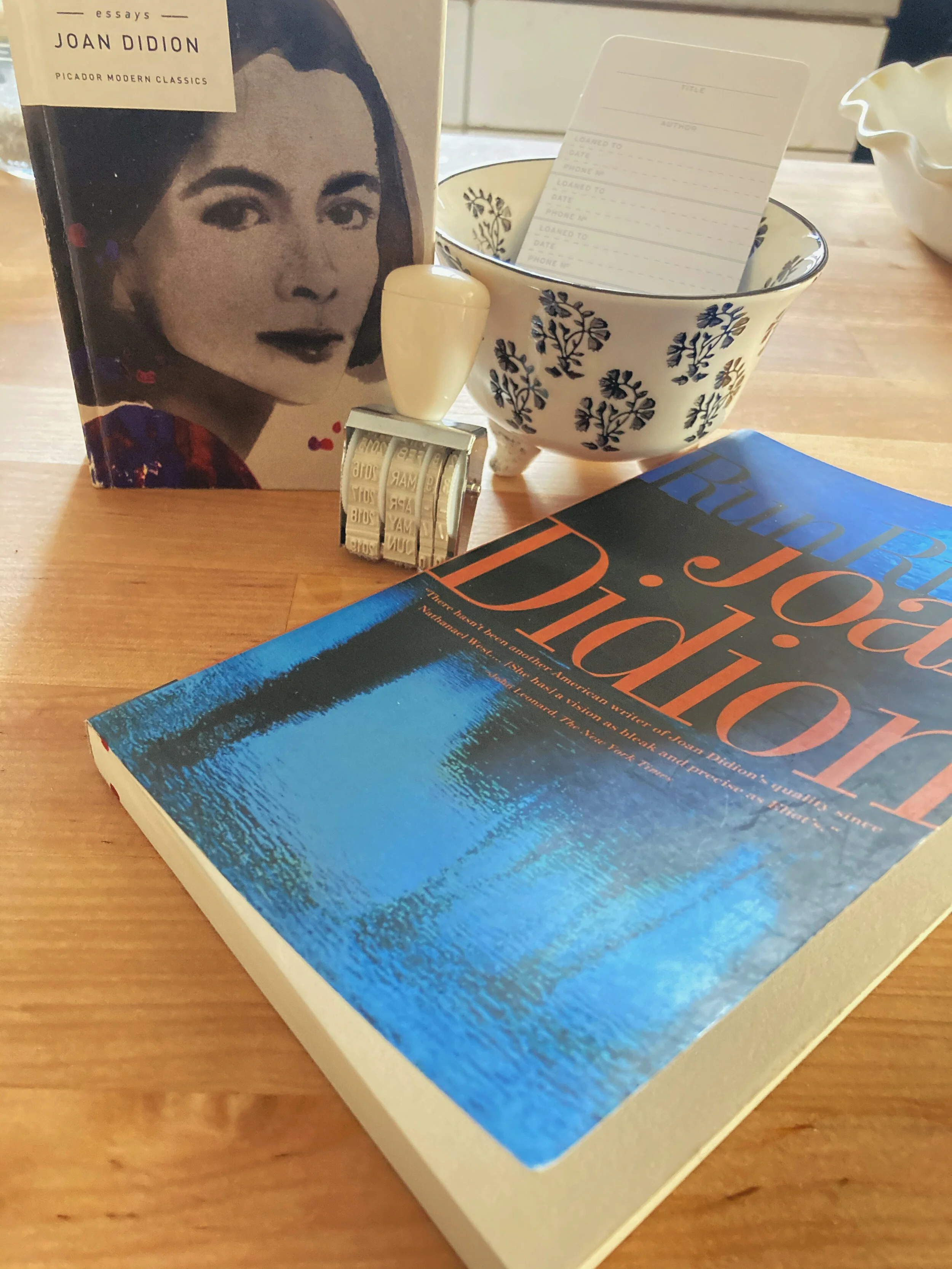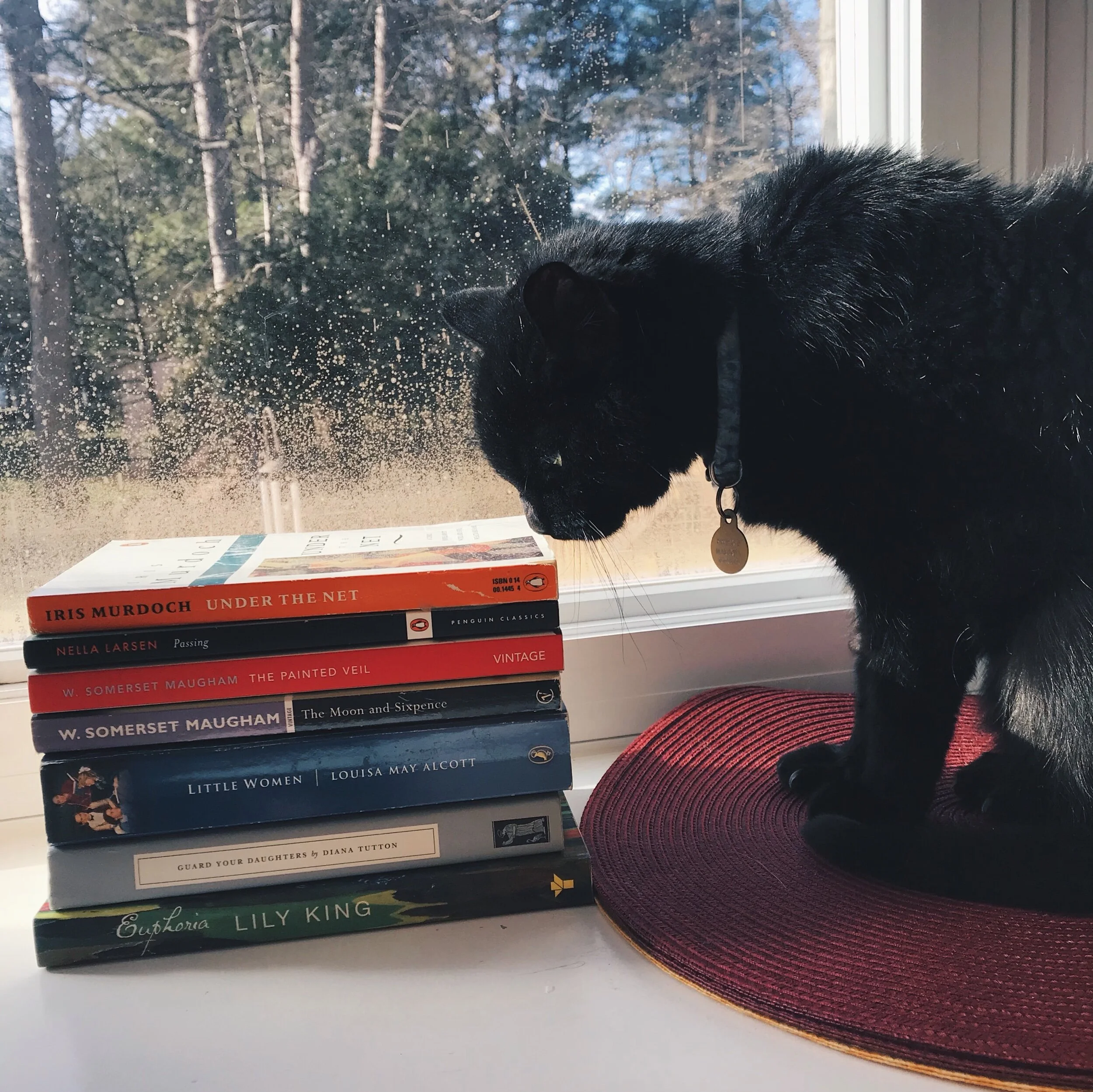Reading Out of Season: Lessons from Polar Literature
Iceland, 2019. Photo by Hannah Armstrong.
“Reading out of season, as it were, can often feel unnatural. ”
So often when I think back on books, they are still steeped in the time and place in which I read them. Daphne Du Maurier’s Frenchmen’s Creek positively ripples with the sunlight and verdant lushness of a Cornish summer; Madeline Miller’s The Song of Achilles is suffused with memories of the shores of Crete, while Susan Cooper’s The Dark is Rising is suspended within the stillness of a snowy morning.
Reading out of season, as it were, can often feel unnatural. For instance, I frequently feel that I never really understood Umberto Eco’s The Name of the Rose (a novel set firmly in a medieval, North Italian winter) because I read it whilst on a family holiday in Florida. Epcot and Eco somehow just didn’t sit right next to each other.
Of course, I’m not suggesting that every novel must be consumed this way, or even that reading a book in a related place or at the corresponding time of year always works (I was bitterly disappointed to find that even Florence couldn’t make me enjoy A Room with a View). But it does add something.
In recent weeks, however, when all of our daily routines and rituals have been so severely upended by the coronavirus, I found myself drawn to reading literature set far away from our new reality. I was somewhat constrained in my choice, due to the difficulty in ordering new books at the minute, and so I began to look over those which had long languished on my shelf.
First plucked from the line-up was Sarah Moss’s Scott’s Last Biscuit (2004). Many people will know her from her outstanding 2018 novella, Ghost Wall, but before she began publishing novels, she turned her PhD research into a book on Polar Literature. I had picked it up some time before as it briefly crosses into my field of academic interest (that being Old Norse literature) but had never gotten around to reading it.
The poles – yes, that seemed suitably far away from locked down London. And at first, I was swept away by Moss’s grand survey of polar literature, encompassing everything from Greenlandic sagas to Winnie the Pooh. Not only was the book deeply engaging, but both centuries and thousands of miles separated me from the subject matter.
All too soon, however, unwanted parallels began to appear. Tales of ships trapped in the ice, a common occurrence both in the nineteenth-century and now, sparked discussions as to how a crew should be spending their time when their usual routines were disrupted. Some captains, Sir William Edward Parry (1790 – 1855) for instance, were firm believers that time in lockdown should be spent productively; the crew on his second arctic voyage, for example, were required to attend literacy classes and followed strictly supervised exercise regimes out on the ice. I’m sure you too will recognise how closely such ideas parallel the comments of online pundits who assert that we should all be using our time in lockdown to begin business or novels.
Much closer to my way of thinking was the Norwegian explorer, Fridtjof Nansen (1861-1930), who, on his 1893 voyage north, ensured that not only was his ship’s library well-stocked but so too was its pantry. The latter, however, did lead to anxieties about weight gain (partly due to necessary fitness levels, and partly because people have moralised changes in weight for centuries). Nansen, as Moss explains, feared accusations that he ‘wasn’t doing polar exploration properly if his crew weren’t suffering’.
This line of thought, however, sadly also resonates in our current situation, with many jokes being shared about what our post-lockdown bodies will look like. The answer, of course, is that they will look like bodies which have survived a global pandemic, and they should be praised and appreciated for their fortitude.
Overall, Moss’s book is a gem of literary criticism, acting both as a review of the poles’ portrayal in literature over the last thousand years as well as a searingly insightful critique of the imperialism which sacrificed the lives of numberless young men in the name of empire and commerce. What it was not, though, was a respite from the anxieties of lockdown.
Perhaps the issue, I thought, was genre. I wanted to read something far away from our current situation, but I had ended up with a non-fiction account that discussed just how willing governments were to sacrifice human life for profit. The problem was not the arctic, but rather the type of book I was reading.
Not dissuaded, I plunged on into my next read: Michelle Paver’s Dark Matter (2010). It had lingered on my shelf for years as one of those books which you fully intend to read, but never seem to make the time for. But now, with its setting on the Svalbard archipelago, it seemed the natural successor to Moss’ polar ruminations.
Dark Matter is an impressive novel, both for its ease of reading and for the beauty and poignancy with which its describes the arctic (“That first sight of it. Like a blow to the heart. The desolation. The beauty.”). Most importantly, however, it is a ghost story of the highest calibre.
Such was its power that I did what I haven’t done with a book in years and devoured it in one sitting, breathless to find out the fate of the small party of scientists overwintering in an arctic bay.
Paver is truly masterful in her telling, suffusing the entire text with a sense of dread. Her description of the protagonist’s first venture onto the ice reads:
And for the first time in my life, I was aware of the cold as a menace. A physical threat. The ice was solid beneath my boots – and yet, I thought, a few inches below me, there’s water so cold that if I fell in, I’d be dead within minutes. And the only thing that’s keeping me away from it is…more water.
[…] Something slid through the water and vanished under the ice. I thought of all the lives hunting in the dark beneath my feet.’
Michelle Paver, Dark Matter, pp. 35-6.
Throughout the book, Paver lays down the trail of breadcrumbs which lead you inexorably to the heart-pounding climax. You can see her setting up the frights, and yet they are still devastating in their execution.
Despite all of its excellent qualities, however, it was not the break from lockdown that I was hoping for. Even with its far-flung location and setting almost a century ago, it is still a tale of anxiety and confinement – two moods that we are all currently far too familiar with.
“But now, as our world shifts, so too does the position from which we view books.”
In some respects, it was silly of me to expect otherwise; a story about a man who is trapped alone in the polar night, with no prospect of when his ordeal will end is probably not a salve for our own times. Yet its resonances intrigued me. I’m sure that not three months ago, I would have thought that it was a text with which I had little in common – reading it on a warm spring evening would have felt out of place and season. But now, as our world shifts, so too does the position from which we view books.
The ongoing public health crisis has thrust us from our everyday routines into a new realm, or at least one that is new for us but which in reality is almost as old as humankind – as long as we have lived in communities, humans have had to fear diseases.
Indeed, I have been struck by the universality of the outbreak’s impact (although I must stress that I don’t mean in the sense that we have all undergone the same hardships within lockdown, if anything, socio-economic experiences of disparity have only increased in recent months). This is an event that has touched every country and by its end will have affected, in one way or another, almost every person. It connects us not only with each other in the here and now but also with generations before us.
I think it is likely that any book which deals with issues of anxiety, confinement, separation, or mortality will feel different now, and likely will continue to do so for some time. But it is also an opportunity, I believe, to reread books with a new pair of eyes, to re-evaluate the wider world even, with this new-found sense of commonality.
Whilst thinking about this change in our reading habits, and what can now be considered relevant or seasonal, I came back again to what is likely James Baldwin’s most famous quote:
‘You think your pain and your heartbreak are unprecedented in the history of the world, but then you read. It was Dostoevsky and Dickens who taught me that the things that tormented me most were the very things that connected me with all the people who were alive, or who ever had been alive.’
The Doom and Glory of Knowing Who You Are: James Baldwin on the Empathic Rewards of Reading and What It Means to Be an Artist
Perhaps we cannot read our way out of the difficulties of our present condition, not when literature itself has become “for all seasons.” Yet we can read the world anew, and with, I hope, greater empathy.
Polar Literature reading list:
Sarah Moss – Scott’s Last Biscuit (2004)
Michelle Paver – Dark Matter (2010)
Nancy Campbell – The Library of Ice: Readings from a Cold Climate (2018)
Geraldine McCaughrean – The White Darkness (2005)
Christiane Ritter - A Woman in the Polar Night (1938)
Other resources:
Iceland, 2019. Photo by Hannah Armstrong.
Hannah Armstrong studied medieval literature and its afterlives at the University of East Anglia and the University of Oxford. Her chequered past includes stints working as an actor and a writer, and she now works in Community Engagement at a London University. She can be found on Twitter at @hjp_armstrong.












Reading Naoise Dolan’s Exciting Times and Katie Kitamura’s Intimacies, Rachel Tay explores the unease of moving away from one’s own country and language.